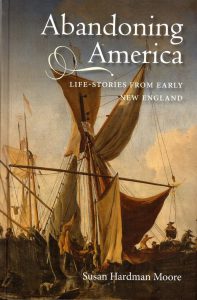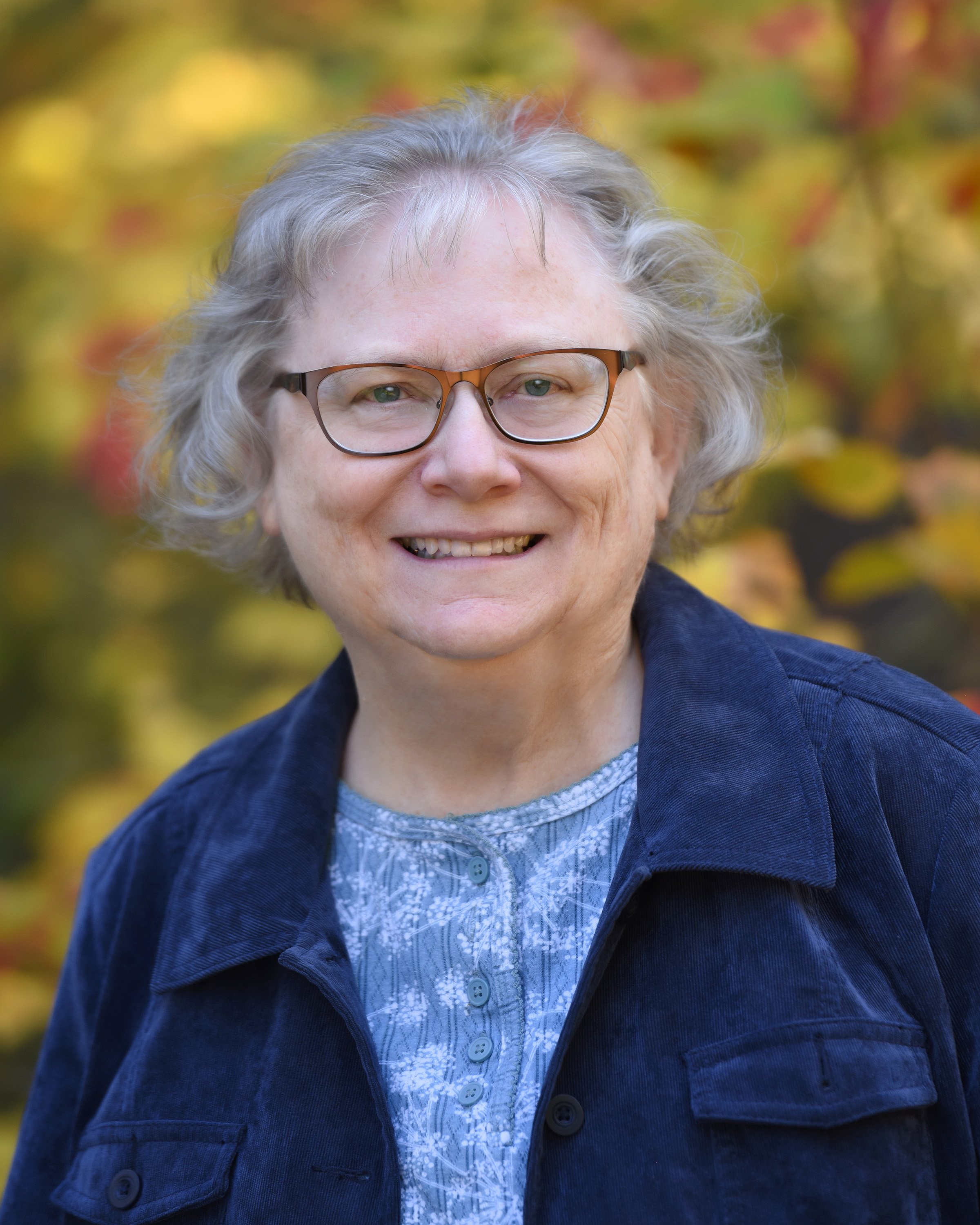 Sir Richard Saltonstall came to New England with the Winthrop Fleet in 1630. He left in 1631. His oldest son, Richard Saltonstall, also returned to England in 1631, where he got married in 1633 and then brought his wife and their nine-month-old daughter back to New England. The younger Saltonstall was active, sometimes controversially, in the Massachusetts government and travelled back and forth between the colonies and old England over the next six decades. In 1643 he took his wife, Muriel, and all of his daughters home to England for the benefit of her health (which apparently was affected by a deep distaste for the New World), leaving only his youngest son Nathaniel to settle permanently in Massachusetts. After more trips back and forth, Richard returned to England for good in 1688. “Richard never really became a New Englander.”
Sir Richard Saltonstall came to New England with the Winthrop Fleet in 1630. He left in 1631. His oldest son, Richard Saltonstall, also returned to England in 1631, where he got married in 1633 and then brought his wife and their nine-month-old daughter back to New England. The younger Saltonstall was active, sometimes controversially, in the Massachusetts government and travelled back and forth between the colonies and old England over the next six decades. In 1643 he took his wife, Muriel, and all of his daughters home to England for the benefit of her health (which apparently was affected by a deep distaste for the New World), leaving only his youngest son Nathaniel to settle permanently in Massachusetts. After more trips back and forth, Richard returned to England for good in 1688. “Richard never really became a New Englander.”
I have been reading Susan Hardman Moore’s work, Abandoning America: Life-Stories from Early New England,[1] as part of a crash course in early New England history, because I keep getting invited to speak on the topic.[2] The more I delve into this very complicated period of history, the more I need to learn.
Of particular value to me has been Moore’s 27-page introduction, which discusses the conditions that drew people out of England and then brought them back. She presents short biographies of individuals and families who, after migrating to New England between 1620 and 1640, returned to England between 1640 and the restoration of Charles II in 1660.
Active travel back and forth across the Atlantic during this period is something that we New England descendants don’t often think about, but some individuals did make frequent trips to England for business or political reasons. Some came back permanently to New England, some brought their families to England with them, some left them behind with the idea of later joining them, and some simply deserted. A few who died in England might have intended to go back, but did not have the chance. Many of the returnees were integrated into the new Puritan church, government, and military; then, upon the restoration of Charles II, a few went back to the colonies again.
While we may not have ancestors who returned to England, understanding the world they lived in gives us more knowledge about the lives of our ancestors who stayed put.
Notes
[1] Published by Boydell Press in Woodbridge, Suffolk, England, in 2013; she is also the author of Pilgrims: New World Settlers and the Call of Home (New Haven, Conn., and London: Yale University Press, 2007).
[2] If you are a member of the Massachusetts Society of Mayflower Descendants, my next engagement will be at their annual meeting in May.
Share this:

About Alicia Crane Williams
Alicia Crane Williams, FASG, Lead Genealogist of Early Families of New England Study Project, has compiled and edited numerous important genealogical publications including The Mayflower Descendant and the Alden Family “Silver Book” Five Generations project of the Mayflower Society. Most recently, she is the author of the 2017 edition of The Babson Genealogy, 1606-2017, Descendants of Thomas and Isabel Babson who first arrived in Salem, Massachusetts, in 1637. Alicia has served as Historian of the Massachusetts Society of Mayflower Descendants, Assistant Historian General at the General Society of Mayflower Descendants, and as Genealogist of the Alden Kindred of America. She earned a bachelor’s degree from the University of Connecticut and a master’s degree in History from Northeastern University.View all posts by Alicia Crane Williams →